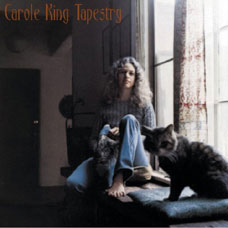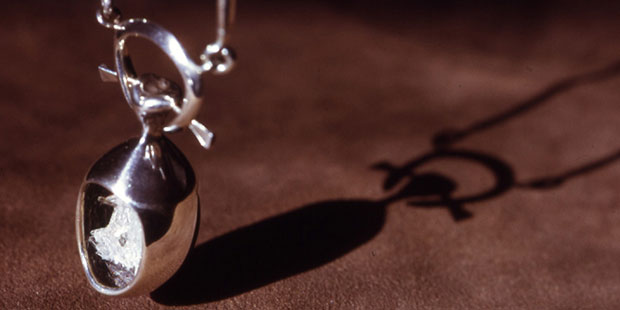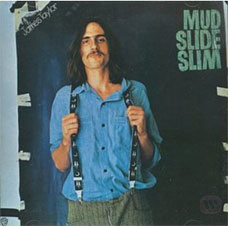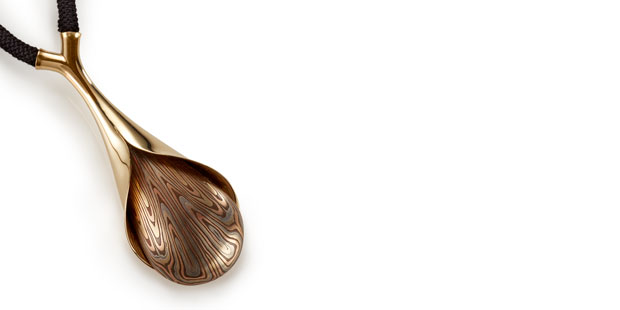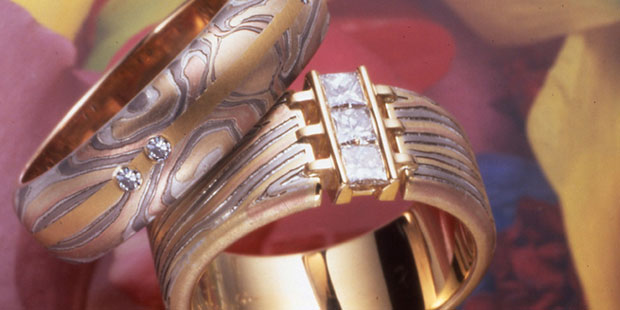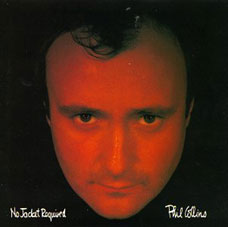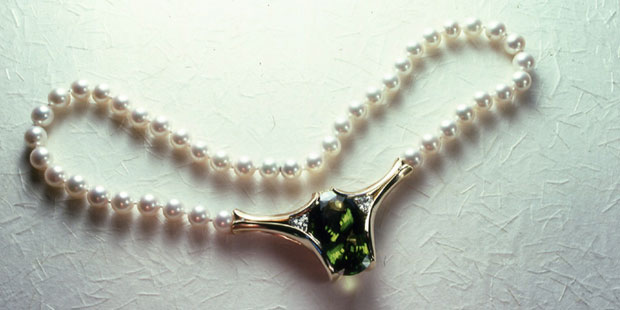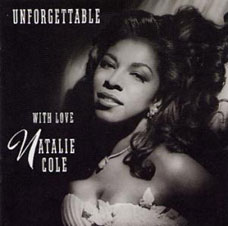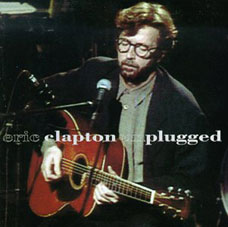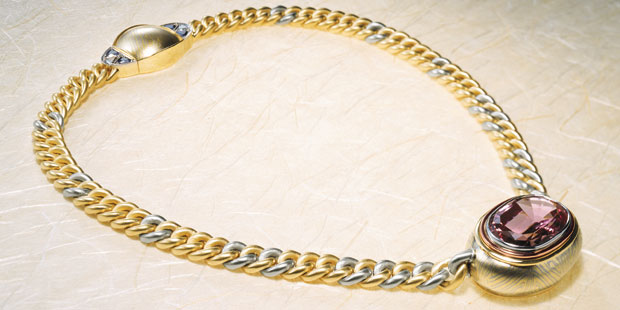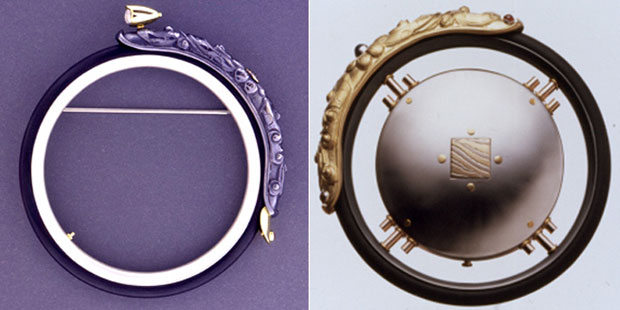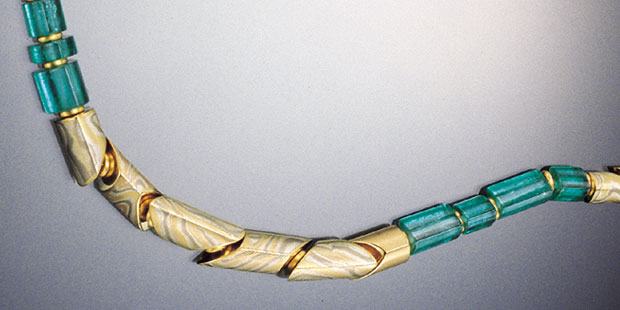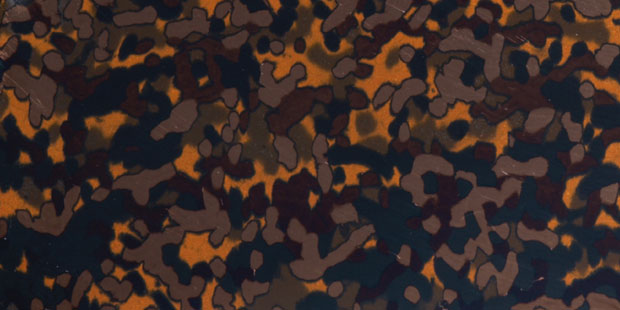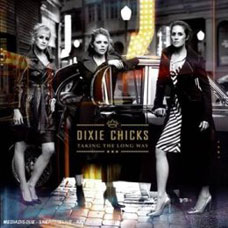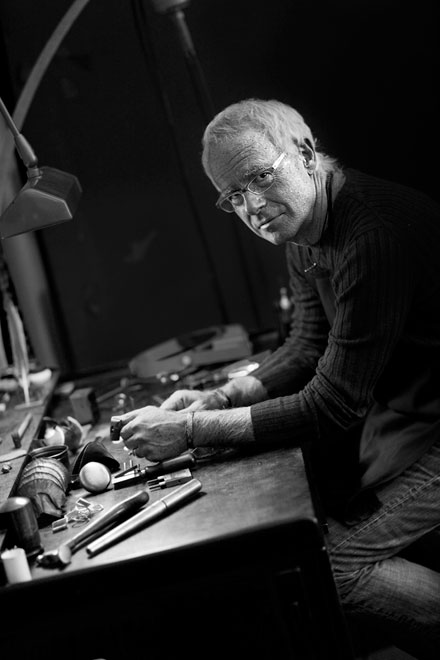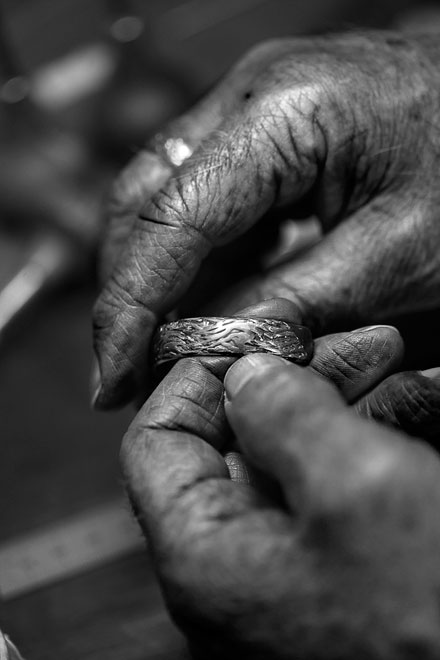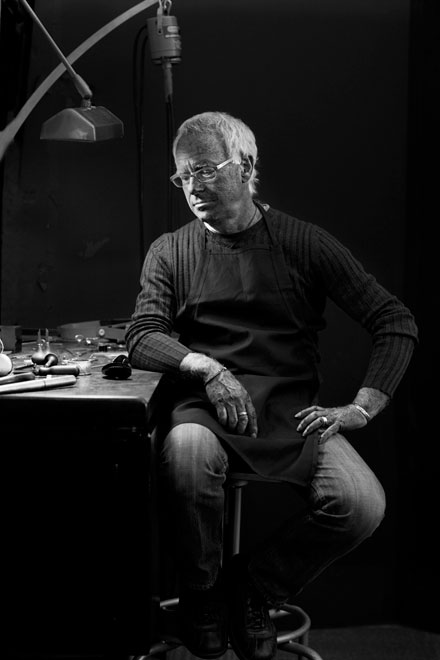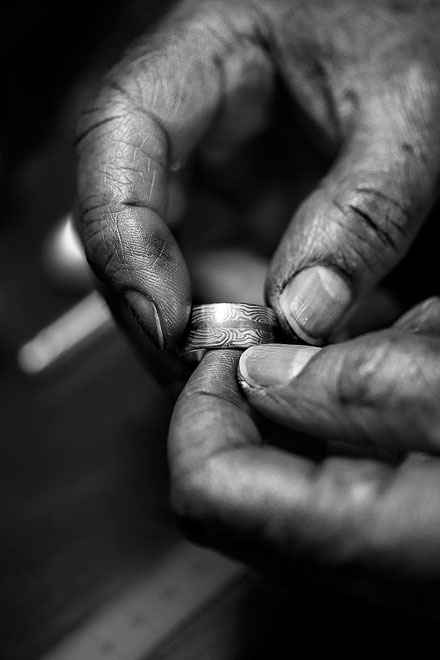In my work I try to achieve a harmony between form, surface pattern and color. The explorations of the graphic and painterly qualities of color-patterned metal, and the technical challenges of producing sculptural objects from this material, continues to fascinate me.
For me, jewelry is an art form that brings together sculptural and graphic design, originality, technical virtuosity, and a personal communication with the wearer.
I didn’t have a conventional education in jewelry design. I was a Humanities Major at the University of Minnesota. With a liberal arts program that combined literature, art history and the sciences, the Humanities Department’s goal was to produce well-rounded graduates in the Renaissance ideal. Most employers didn’t share this interest. So, I decided to pursue one of my extracurricular interests – fast cars.
I had the good fortune to get a job at Kar Kraft, a small firm in Detroit that designed and built some of the most famous racing cars of the era. There, I was able to learn about metalworking from some of the most talented metalworkers in the world. As a diversion, I took an evening course in jewelry, and my diversion soon became my passion. I sold my racing car to finance tools and time and began my life as a jewelry designer.
My first years in jewelry were spent as a custom jewelry designer. I spent most of my time designing and building one-of-a-kind pieces for individuals, but my personal interest was in Japanese art metalwork, especially the art of the sword. Thirty years ago, ancient Japanese swordmaking techniques were unknown in the United States. It was then that I began to develop my own techniques to produce my signature patterned metalwork. © George Sawyer
Today, while I use conventional metalworking techniques to produce many objects, patterned metalwork still holds my interest. I’m interested in using color and pattern in a more abstract, painterly way to create a form of art jewelry that rewards the observer with new discoveries and more pleasure the longer and the closer they look.
How Things Go Together Beautifully
George’s Timeline
